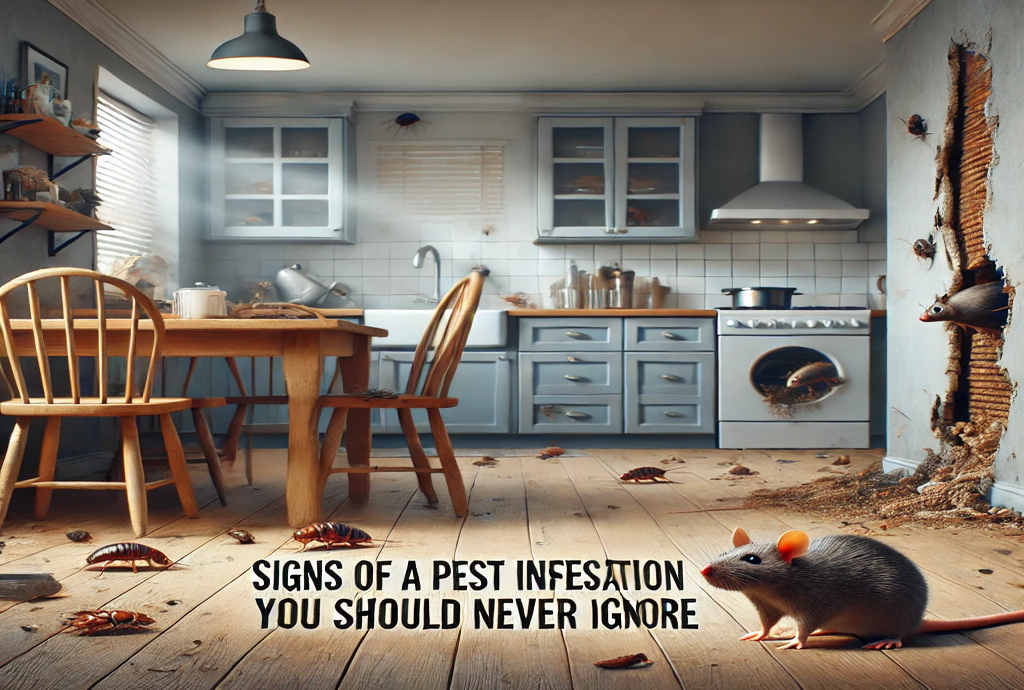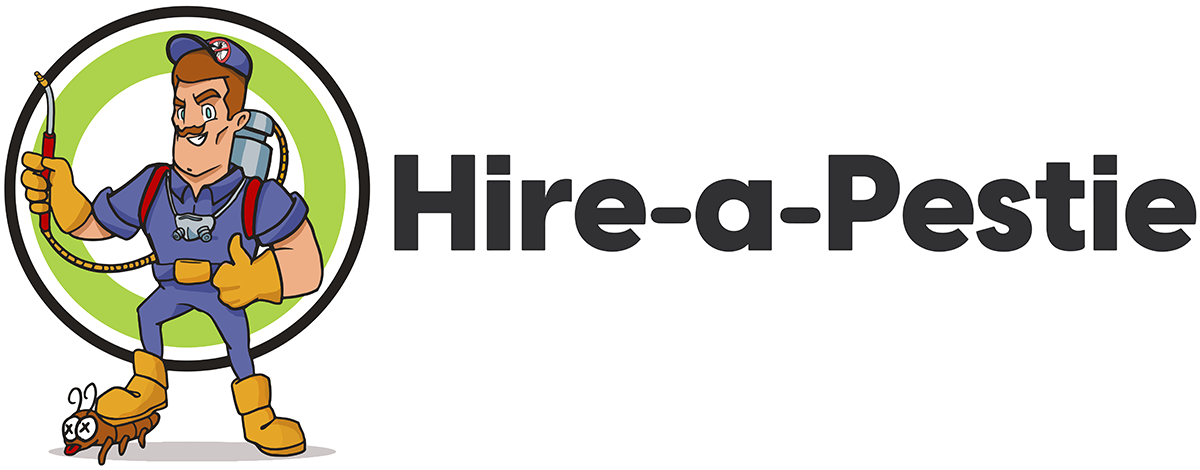Pests can invade your home silently, causing damage to property, spreading diseases, and making your living environment uncomfortable. Recognizing the early signs of an infestation can help prevent a small problem from turning into a full-blown disaster. Here are some key indicators of a pest infestation that you should never ignore.
1. Unusual Noises
One of the first signs of a pest infestation is the sound of scratching, scurrying, or gnawing, especially at night. Rodents like rats and mice are nocturnal and can often be heard moving behind walls, under floors, or in ceilings. If you hear unexplained noises in your home, it may be time to investigate.
2. Droppings and Urine Stains
Finding pest droppings is a clear sign of an infestation. Rodent droppings are small, dark, and pellet-shaped, while cockroach feces resemble coffee grounds or black pepper. If you notice these around your home, especially near food storage areas, you likely have an issue that needs immediate attention.
3. Unpleasant Odors
A persistent musty or foul odor in certain areas of your home can indicate the presence of pests. Rodents and cockroaches emit a strong, musky smell, while dead pests can create an even stronger stench. If you notice an unusual smell that does not go away, inspect the area for signs of infestation.
4. Gnaw Marks and Damage to Property
Rats, mice, and other pests often chew on wires, furniture, and even walls to keep their teeth from growing too long. If you spot gnaw marks, damaged furniture, or frayed electrical wires, it could mean rodents have taken up residence in your home.
5. Nesting Materials
Rodents and other pests build nests using shredded paper, fabric, leaves, or other soft materials. If you find small piles of these materials in hidden corners, attics, or basements, it could indicate an active infestation.
6. Tracks and Grease Marks
Rodents often leave grease or dirt marks along walls and floors as they travel the same paths repeatedly. Look for smudges or small footprints in dusty areas, especially near baseboards or along the edges of rooms.
7. Holes or Tunnels in Walls and Floors
Small holes in walls, floors, or around plumbing fixtures can be entry points for pests. Termites, for example, create tiny holes in wooden surfaces, which can be an early indicator of structural damage. Identifying these holes early can save you from expensive repairs later.
8. Live or Dead Pests
Seeing pests, whether alive or dead, is an obvious sign of an infestation. Even spotting a single cockroach or rodent could indicate a larger hidden problem, as many pests are nocturnal and avoid human interaction.
9. Damaged Plants or Outdoor Areas
Pests don’t just invade homes—they can also target gardens and outdoor spaces. If you notice chewed leaves, holes in the soil, or dying plants, it may be due to pests such as aphids, caterpillars, or burrowing rodents.
10. Health Issues
Unexplained allergic reactions, skin irritations, or respiratory issues can sometimes be linked to pests. Cockroach droppings and dust mites, for example, can trigger asthma and allergies. If you or your family members experience sudden health problems, consider the possibility of a hidden pest issue.
What to Do If You Notice These Signs
If you identify any of these signs in your home, take action immediately:
- Inspect your home thoroughly to locate the source of the problem.
- Seal entry points to prevent further access.
- Keep your home clean, especially in areas where food is stored.
- Use traps or natural deterrents to control the issue.
- Call a professional pest control service if the problem persists.
Conclusion
Ignoring a pest infestation can lead to serious consequences, including health risks and property damage. By staying alert to these warning signs and taking swift action, you can protect your home and family from unwanted intruders. If you suspect an infestation, don’t wait—address the issue before it becomes a bigger problem.


